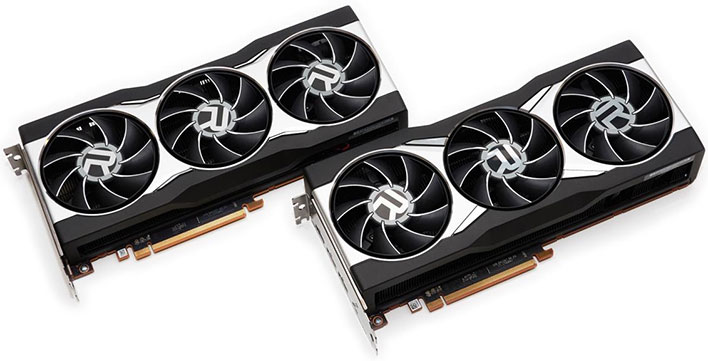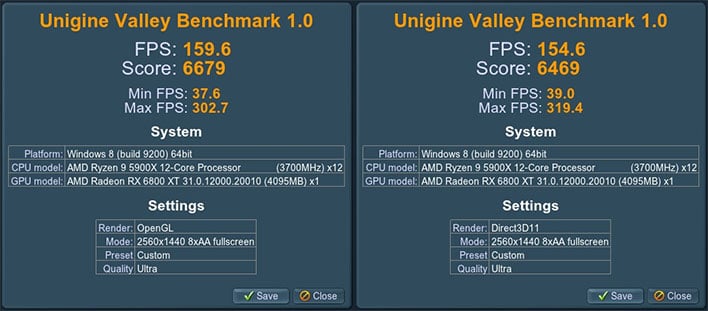AMD Radeon GPU Benchmarks Show A Huge Performance Gain With Upcoming Driver

You don't necessarily need to upgrade your GPU for better gaming performance. On the software side, game patches and driver tuning can increase frame rates as well. As it applies to the latter, an upcoming driver release for AMD's Radeon graphics cards has been tested and found to deliver up to around a 54 percent OpenGL performance gain in Windows 11.
This follows last month's driver update, which offered up a nice bump in DirectX 11 performance. Now it appears as though AMD's software engineers are looking to do the same (and better) for OpenGL, as evidenced by a pre-release driver that's included in the latest Windows 11 22H2 preview build.
According to a GPU-Z screenshot posted by a member of Guru3D's forum, The Creator, the pre-release 31.0.12000.20010 Adrenalin driver contains a 22.05 OpenGL beta update. The Creator ran a few benchmarks with the new driver release and saw some big gains.

Unigine Valley ran with the updated driver, OpenGL on the left, DX11 on the right (Source: The Creator)
In Unigine Valley 1.0, the average frames per second jumped from 103.4 fps to 159.6 fps, which is a 54.35 percent performance gain. Likewise, the overall score jumped by around the same amount, increasing from 4,328 to 6,679. Those higher figures put the OpenGL performance on par with DirectX 11, at this in this particular synthetic benchmark.
The Creator also posted figures for Unigine Superposition. The performance uptick was not quite as dramatic, but still significant—applying the latest driver package increased the score from 11,796 to 15,762, a gain of 33.6 percent.
These benchmarks were obtained from a system running a Radeon RX 6800 XT (RDNA 2) paired with a Ryzen 9 5900X processor. Last-gen cards could see a decent performance bump too, though, depending on the application. The Creator posted Unigine Superposition results from a Radeon RX 5700 XT graphics card, in which the score raised from 5,004 to 5,992. That's a 19.7 percent gain.
Of course, this is just a small sample size and these are all synthetic benchmarks. But it's at least promising, especially when you consider that more driver tuning will be in store, Hat tip for Neowin for spotting these benchmarks.


